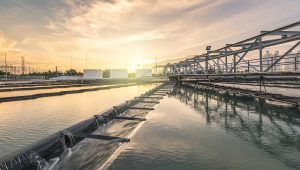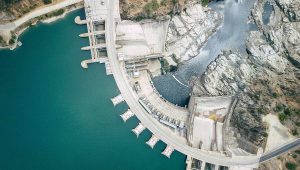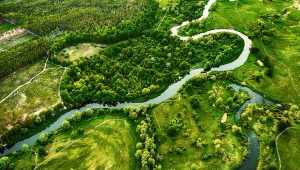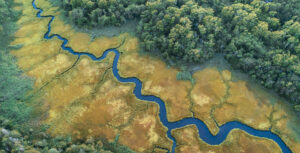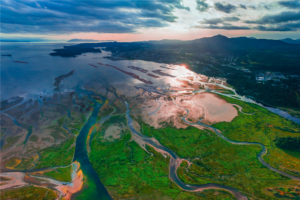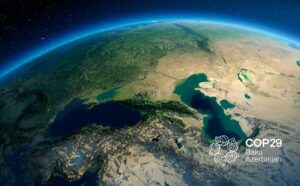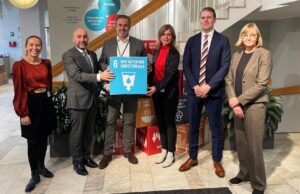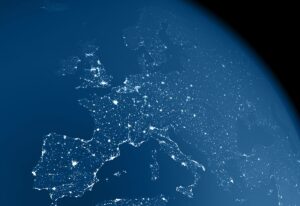Why is water critical for energy production? 3 questions to Josh Weinberg
Why is it critical to consider the energy system in climate mitigation strategies?
Investment and action to accelerate the low-emission energy transition provides the largest and lowest hanging fruit to mitigate climate change. This is explained in the most recent modelled pathways from the Intergovernmental Panel on Climate Change (IPCC). To reach global net zero by 2050 a majority of greenhouse gas emission (GHG) reductions (ranging between 54 – 90 per cent) are projected to be achieved through shifts to low-emission energy supply and curbing energy demand. The urgency and immediacy of the opportunity at hand is not reflected by how much (or how little) we act. What is truly critical to consider is how to dramatically increase the scale of investment in low-emission energy sources and rapidly phase out fossil fuels. To act quickly, effectively and ensure our energy systems are more resilient, we must carefully assess water risks, impacts and potential opportunities for options that place less pressure on freshwater ecosystems.
“To act quickly, effectively and ensure our energy systems are more resilient, we must carefully assess water risks, impacts and potential opportunities for options that place less pressure on freshwater ecosystems.”
Why should people join the webinar?
The webinar provides a useful overview of many of the key issues that should be considered when planning and implementing strategies for low-emission energy development. It will also offer insights into how some countries have considered water resilience in their climate planning. Transitions toward low-emission energy can reduce pressure on water, but this will depend on the future mix and management of energy sources.
Those who want to understand more where and how water can be a factor in different options for renewable energy, such as bioenergy, hydropower and thermal energy generation from solar, geothermal, and nuclear power, should join.
What should people do afterwards? What is your call to action?
The driving call to action is invest the money, effort and time to intelligently implement plans to reach the Paris Agreement targets, mitigate greenhouse gas emissions and build resilience to the impacts of climate change.
“The driving call to action is invest the money, effort and time to intelligently implement plans to reach the Paris Agreement targets, mitigate greenhouse gas emissions and build resilience to the impacts of climate change.”
A one-hour webinar or a single chapter in a report can only provide an overview of where and what to look for when considering best options to explore to build a resilient, renewable and low-emissions energy system. The real action to be taken is to integrate analysis of projected demands, availability, and impacts on water as well as potential risks to water availability caused by climate change into all low-emission energy transition plans taking place at national, regional and local levels. This should be followed by investment in effective water management to buffer against the impacts of climate change is needed to protect energy infrastructure and ensure the reliable supply of electricity and energy sources.
While the best mix of energy options for each country and region will obviously be different, at a global level it is clear we will need to go even bigger and expand solar and wind power even faster. If we don’t, there is likely to be greater demand and pressure placed on water resources from other alternatives.
Watch the webinar
Enable cookies to show the video below. Or watch it directly on YouTube.





